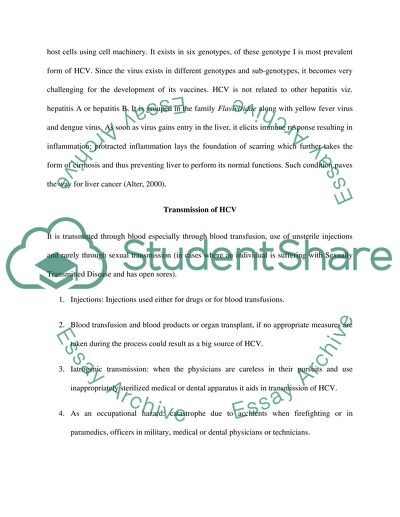Cite this document
(“Hepatitis c Essay Example | Topics and Well Written Essays - 2500 words”, n.d.)
Retrieved from https://studentshare.org/miscellaneous/1562803-hepatitis-c
Retrieved from https://studentshare.org/miscellaneous/1562803-hepatitis-c
(Hepatitis C Essay Example | Topics and Well Written Essays - 2500 Words)
https://studentshare.org/miscellaneous/1562803-hepatitis-c.
https://studentshare.org/miscellaneous/1562803-hepatitis-c.
“Hepatitis C Essay Example | Topics and Well Written Essays - 2500 Words”, n.d. https://studentshare.org/miscellaneous/1562803-hepatitis-c.


